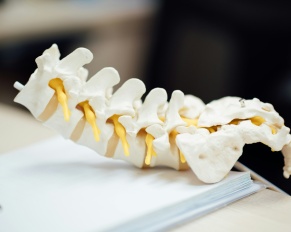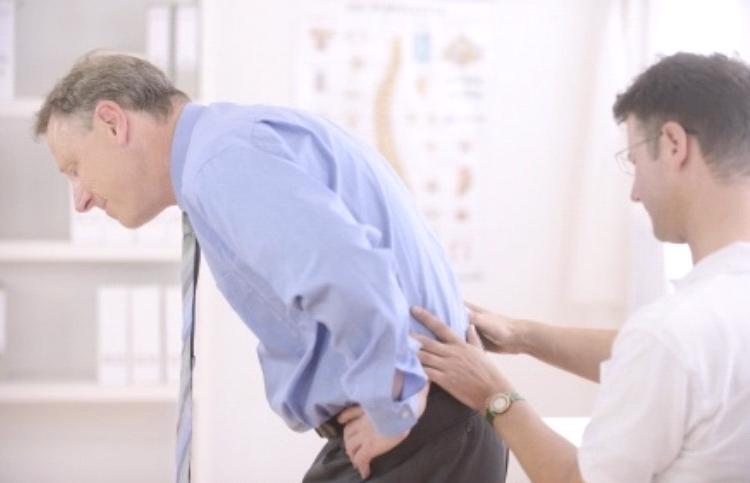The Role of Physical Therapy in Sacroiliitis Treatment Sacroiliitis is a painful condition that affects the sacroiliac joints, located where…


The Role of Physical Therapy in Sacroiliitis Treatment Sacroiliitis is a painful condition that affects the sacroiliac joints, located where…

Sacroiliitis is a medical condition characterized by inflammation in one or both of the sacroiliac joints where the lower spine…

Cervical spine deformities, a group of conditions that distort the normal curvature of the neck, have been a subject of…
 There are several causes of sciatica, which is identified as a painful condition which occurs from soreness or pain that travels from your lumbar or lower spine, to your buttock and all the way down your leg. Sciatica only affects one side of your body, but that one side might as well be both sides for all the pain you will experience. Sciatic pain does not discriminate where it chooses to wreak havoc – it might be a tolerable ache, or an excruciating pain. There are ways to try to thwart sciatica and stop it in its tracks, but many times, other medical issues are the underlying cause of the sciatic problems, thus, the malady is not strictly your own doing. For example, although sciatica is believed to originate from prolonged sitting, even the simple act of coughing or sneezing can cause a sciatica sufferer great discomfort. Sometimes (but rarely), the sciatic nerve can be compressed by a tumor, or damaged by a disease such as diabetes, or, it could become pinched, usually by a herniated disc in your spine, or by an overgrowth of bone (bone spur) on your vertebrae.
There are several causes of sciatica, which is identified as a painful condition which occurs from soreness or pain that travels from your lumbar or lower spine, to your buttock and all the way down your leg. Sciatica only affects one side of your body, but that one side might as well be both sides for all the pain you will experience. Sciatic pain does not discriminate where it chooses to wreak havoc – it might be a tolerable ache, or an excruciating pain. There are ways to try to thwart sciatica and stop it in its tracks, but many times, other medical issues are the underlying cause of the sciatic problems, thus, the malady is not strictly your own doing. For example, although sciatica is believed to originate from prolonged sitting, even the simple act of coughing or sneezing can cause a sciatica sufferer great discomfort. Sometimes (but rarely), the sciatic nerve can be compressed by a tumor, or damaged by a disease such as diabetes, or, it could become pinched, usually by a herniated disc in your spine, or by an overgrowth of bone (bone spur) on your vertebrae.
While the consequences sound dire for a person that suffers from sciatica, the good news is that, for most cases, 90% of sciatica sufferers have a full recovery from a bout of sciatica without the need for surgery.
Some of the triggers for sciatica are listed below. Remember: if pain persists, you should contact a specialist who will evaluate you to determine the appropriate measures to get you feeling more like yourself again a spine specialist in NJ is the answer to your sciatica woes.